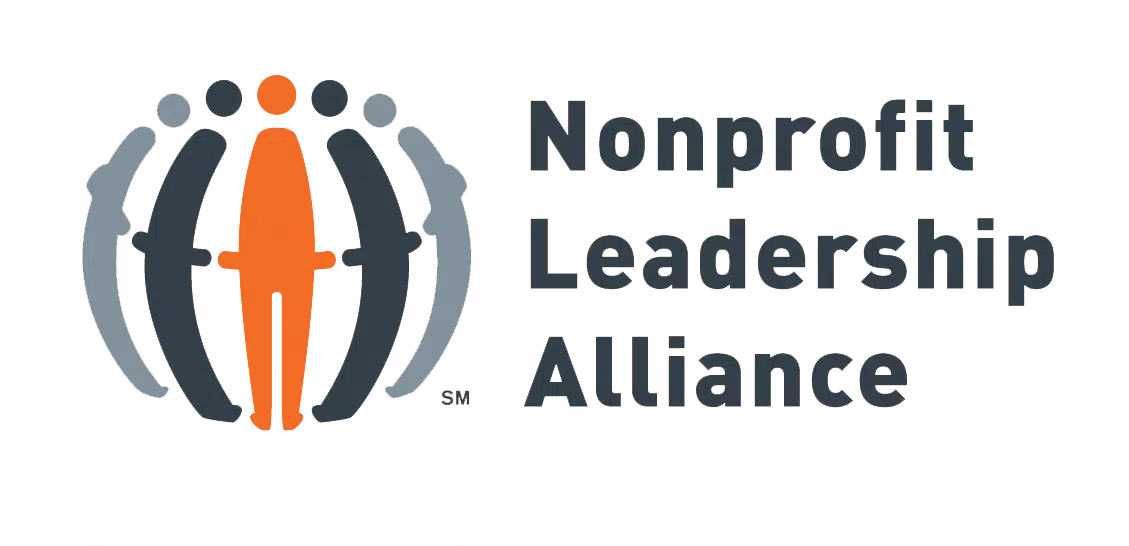Animal shelters, rescue groups, and conservation organizations rely on their communities’ generosity to provide care and protection to animals in need. Countless animals face hardships due to overcrowded shelters and endangered habitats, and an animal fundraiser can rally the support needed to help those animals.
Organizing a fundraiser can be a powerful way to create positive change, whether you’re an animal rights activist, an employee at an animal-related nonprofit, or an owner of a pet business that wants to help local organizations or improve its own facilities.
Let’s explore five steps for planning a successful animal fundraiser that unites your community, strengthens supporter relationships, and helps animals in need.
1. Define goals for your animal fundraiser.
Before diving into the details of your fundraiser, define exactly what you want to achieve. Are you raising money to support medical care for shelter animals, fund a local spay/neuter program, or upgrade your pet boarding facility?
Getting specific about your fundraiser’s purpose shapes every decision that follows. Plus, it helps you communicate why people should donate and makes reporting on outcomes easier!
You’ll want to consider both financial and non-financial goals. Your financial goal might look something like this:
Raise $5,000 to cover six months of veterinary care for 20 rescue dogs by the end of the quarter.
Set a goal that’s achievable but pushes your team. While one that’s out of reach may discourage your team, one that’s too easy to accomplish may leave money on the table. Financial goals are easier to define, but consider these non-financial goals you might aim to accomplish:
- Raise awareness and educate the public about animal rights issues.
- Create opportunities for donors to become more involved with your organization through advocacy, event attendance, or volunteer efforts.
- Highlight your organization’s impact and progress to gain trust with grantmakers, corporate sponsors, and major donors.
- Strengthen existing relationships with donors and attract new supporters.
While raising money is critical to supporting animal causes, these additional goals can help your organization develop a more impactful approach.
2. Narrow down your fundraising ideas.
Now it’s time to choose a fundraiser to achieve your aspirational yet achievable goals. Pick a specific theme so your audience immediately understands the campaign’s purpose and feels motivated to participate.
Here are some popular animal fundraising ideas to spark your inspiration:
Sponsor-a-pet fundraiser
To fundraise for a shelter, encourage people to make small monthly donations that directly support an animal until they are adopted. This might cover:
- Veterinary care, such as regular check-ups, vaccinations, and flea/tick treatments
- Food and supplies like bedding, toys, and enrichment items
- Grooming services to keep the animal looking and feeling its best
- Behavioral training to help animals become more adoptable
- Enrichment programs that provide mental stimulation and physical exercise
You can send sponsors regular updates about the animal’s well-being and encourage visits so they feel more inclined to adopt or give more.
Animal yoga
Host an animal-themed yoga fundraiser in a local park where participants can exercise with adoption-eligible animals. Whether it’s puppies, kittens, or bunnies, people will love stretching alongside cute animals. Just make sure to secure the area to prevent any runaway creatures!
Crowdfunding campaign
Online crowdfunding campaigns can raise money for various animal-related causes or projects, such as building a new shelter or funding medical treatment for animals in need. Here’s how this fundraiser works:
- Set a clear goal. Define your fundraising target and what the funds will support.
- Choose the right platform. Pick an easy-to-use crowdfunding platform that features an integrated payment processor so you can automatically transfer donations to your account.
- Communicate your case for support. Update your campaign page to explain the purpose of your fundraiser, why it matters, and how funds will be used to help animals.
- Promote your campaign. Share your campaign on social media and through email. Your supporters can also encourage their networks to donate.
This animal fundraiser is convenient since it takes place entirely online. That means people can give within minutes, regardless of their location.
Online store
Create and sell pet-related products for people and their furry friends, such as toys, T-shirts, and leashes. Bonfire’s list of fundraising products also highlights tote bags, food products like cookie dough, and home goods like mugs as best sellers. Then, use the proceeds to support your cause. To power this fundraiser, you’ll need to use an online fundraising store platform.
Let’s say you’re launching a collection of dog-themed clothes and accessories, like leashes and collars. When creating messaging, focus on what resonates with pet owners—highlighting your products’ quality, safety, and benefits for owners and their beloved companions. Gingr’s dog marketing guide gives a great example of this. You might highlight that the owner would appreciate a stylish leash with a comfortable handle while the dog would benefit from improved safety and behavior management.
You’ll also want to take high-quality photos of your products, like dogs sporting collars or owners showing off a themed T-shirt.
Animal movie night
Host an animal movie night where participants pay to watch classic animal-themed movies like Beethoven or Air Bud alongside their own pets. If hosting in person, you can sell snacks and drinks to raise additional funds.
3. Plan the logistics of your fundraiser.
Assemble a fundraising team to oversee key tasks like donor outreach, event planning, and animal care. This team should nail down logistics, such as:
- A venue: If you’re hosting an event, choose a suitable venue, such as a park or community center. Ensure the venue is animal-friendly and can accommodate the expected number of attendees.
- Activities and entertainment: Plan engaging activities and entertainment, such as animal-themed games, animal training sessions, and live music.
- Technology: Consider whether you’ll need to use or upgrade your online donation page, event check-in tools, or other technology to power your fundraiser. Ensure you can easily track and record donations for tax purposes.
- Volunteers: Recruit volunteers to help plan, set up, and run your fundraiser. Assign specific roles and responsibilities to ensure everyone works towards a common goal.
- Sponsors: Solicit sponsorships from local businesses, especially those focused on animals like dog groomers, pet daycares, or pet stores. In exchange, offer sponsors recognition on marketing materials or at the event.
Thoroughly planning these details will help your fundraiser run smoothly, attract participants, and raise more funds.
4. Promote your animal fundraiser.
With the logistics finalized, you can create a marketing plan to promote your fundraiser and attract attendees. Use these tips to spread the word:
- Take a multichannel marketing approach. This involves using both offline and digital marketing channels, so you can reach as many supporters as possible. Promote your fundraiser with flyers, post on social media, send emails, and feature it on your website.
- Engage with local businesses. Partner with local businesses, such as pet stores, vet clinics, or grooming salons, to promote the fundraiser. Display flyers or donation boxes at their locations and discuss the fundraiser with customers to encourage support.
- Create consistent branding. Use the same logo, color scheme, typography, and campaign details in all communications. Consistent branding will make your fundraiser recognizable and memorable.
Consider using marketing software to streamline this process. By automating tasks like sending emails and SMS messages, you can ensure that your outreach is consistent and targeted. Plus, you’ll free up time for your staff to focus on other important tasks, such as looking after the animals in your care.
5. Follow up with supporters.
Even after your fundraiser occurs, your campaign isn’t complete without thanking donors. After receiving a donation, send a thank-you message or call them to express your gratitude. Reference the amount the individual contributed and explain how their gift will make a difference.
For instance, you might say, “Thanks to your $50 donation to our crowdfunding campaign, we are able to provide shelter, food, and medical care to Milo, a puppy in need.” Your fundraising technology can simplify this process by automatically tracking donations and generating personalized thank-you messages.
You should also celebrate the successes of your team members and volunteers and show appreciation for their hard work. Recognize those who went above and beyond and celebrate overall achievements.
Showing sincere appreciation for donors, team members, and volunteers alike will boost loyalty and lead to long-term support for your cause.
By following these steps, you can raise meaningful support for your animal welfare efforts. Remember to thank supporters for their interest in your cause, whether they served as donors, volunteers, or team members. By hosting engaging animal fundraisers and showing appreciation, you’ll foster a community of individuals committed to making a difference.
Did you enjoy this story?
Get nonprofit tips and tools delivered right to your inbox by joining The Nonprofit Leadership Alliance Newsletter. Our bimonthly newsletter will make sure you know what’s happening with our network of social sector leaders.
Why Nonprofit Emails Go Unread — And How To Change That
Nonprofit organizations depend on email as a key communication tool for engaging supporters, sharing impact stories, and driving donations. Yet many nonprofit emails remain unopened or ignored, limiting their reach and effectiveness. Understanding the factors
Types of Tools to Strengthen Your Grants Compliance Approach
When grant funding is an important revenue source, grant compliance becomes critical to nonprofit success. Without it, grant funding could be jeopardized, putting vital programs and initiatives at risk. This makes optimizing your grants compliance
Introducing April 2025’s Certified Nonprofit Professional (CNP) Cohort
The Nonprofit Leadership Alliance is proud to introduce April 2025’s Certified Nonprofit Professional (CNP) Professional Track cohort! This group of nonprofit professionals have begun their six-month journey, participating in one of only four cohorts offered



